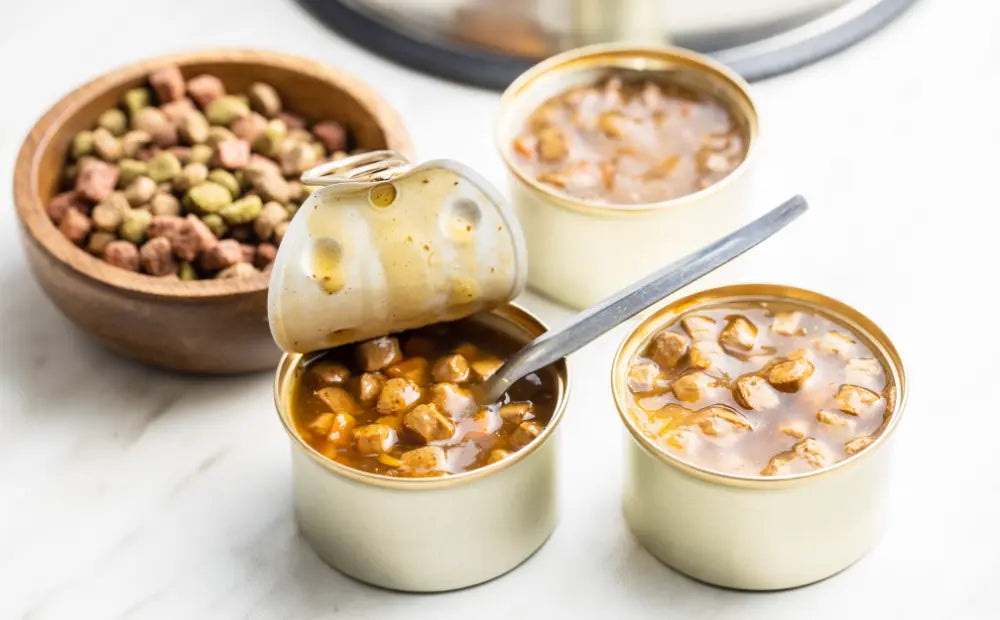
By-Products in Pet Food: Gimmick or Nutritional Goldmine?
“By-products” often get a bad rap in pet food, conjuring images of floor scraps and fillers. But the reality is far different. By-products include nutrient-rich organs like liver, heart, and kidneys—foods wild animals instinctively seek first for their dense vitamins, minerals, and amino acids. They’re not just nutritious; they’re also sustainable, helping reduce waste and lower the environmental footprint of pet food. The catch? Quality and sourcing matter. When handled responsibly, by-products can be a goldmine of nutrition rather than a gimmick.
The Reputation Problem
Say the word by-product and many pet parents picture low-quality scraps swept off a factory floor. This image has been fueled by decades of marketing—particularly from brands promoting “by-product-free” formulas.
But in pet nutrition, by-products are not waste. They are edible animal parts like liver, heart, kidneys, and cartilage—ingredients many cultures consider delicacies, and that pets instinctively seek out in the wild.
Nature Knows Best
Wild predators don’t start with muscle meat—they go for the organs first. These parts are rich in essential nutrients:
-
Vitamins: Like A, D, E, and K, crucial for immune and eye health
-
Minerals: Including iron, zinc, and selenium
-
Amino Acids: For muscle maintenance, metabolism, and organ function
For example, liver is one of the most concentrated sources of vitamin A, and heart is rich in taurine—an amino acid critical for heart and eye health, especially in cats.
Sustainability Benefits
Using by-products in pet food also reduces waste. Without them, these nutrient-dense parts might be discarded or processed for non-food uses, despite being perfectly suitable—and beneficial—for animal consumption.
By including by-products in pet diets, we:
-
Maximize the use of the whole animal
-
Reduce competition for human food supplies
-
Lower the environmental footprint of pet food production

Quality Still Matters
While by-products can be highly nutritious, sourcing is everything. Poorly sourced or poorly processed by-products can lose nutritional value or pose safety risks. That’s why it’s important to choose brands that are transparent about where their ingredients come from and how they’re handled.
Don’t Let Marketing Myths Fool You
The fear around by-products isn’t based on science—it’s based on perception. When properly sourced, they are one of the most natural, nutrient-rich parts of a pet’s diet.
So the next time you see “by-products” on a label, don’t automatically assume it’s a red flag. It might actually be a sign that the food is embracing whole-prey nutrition and sustainability.
